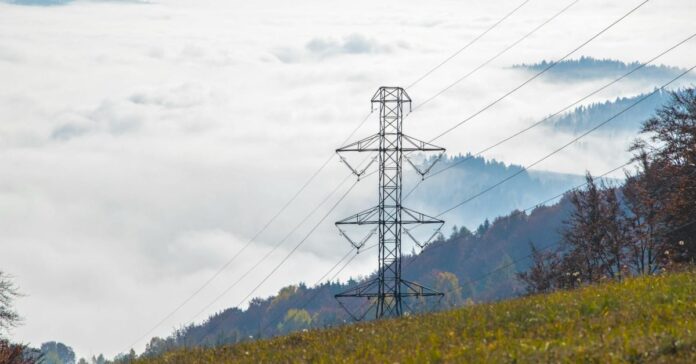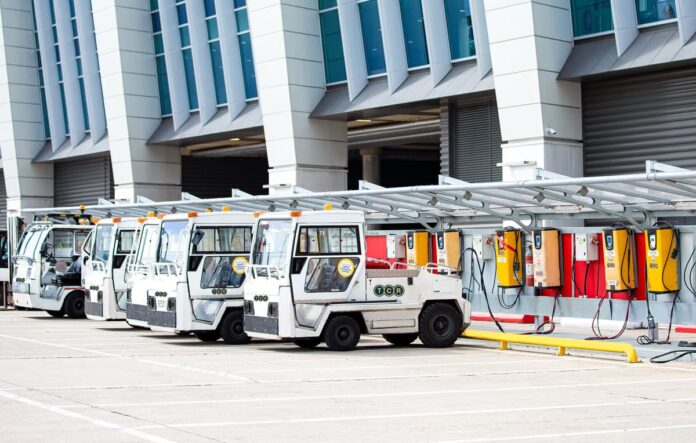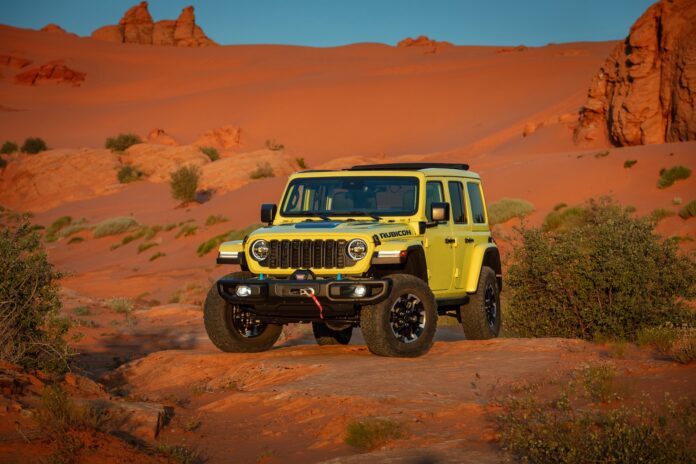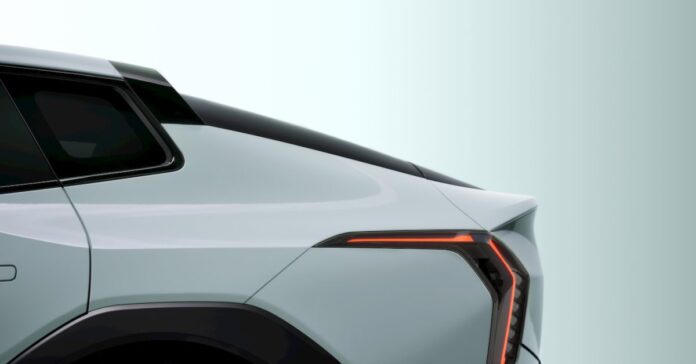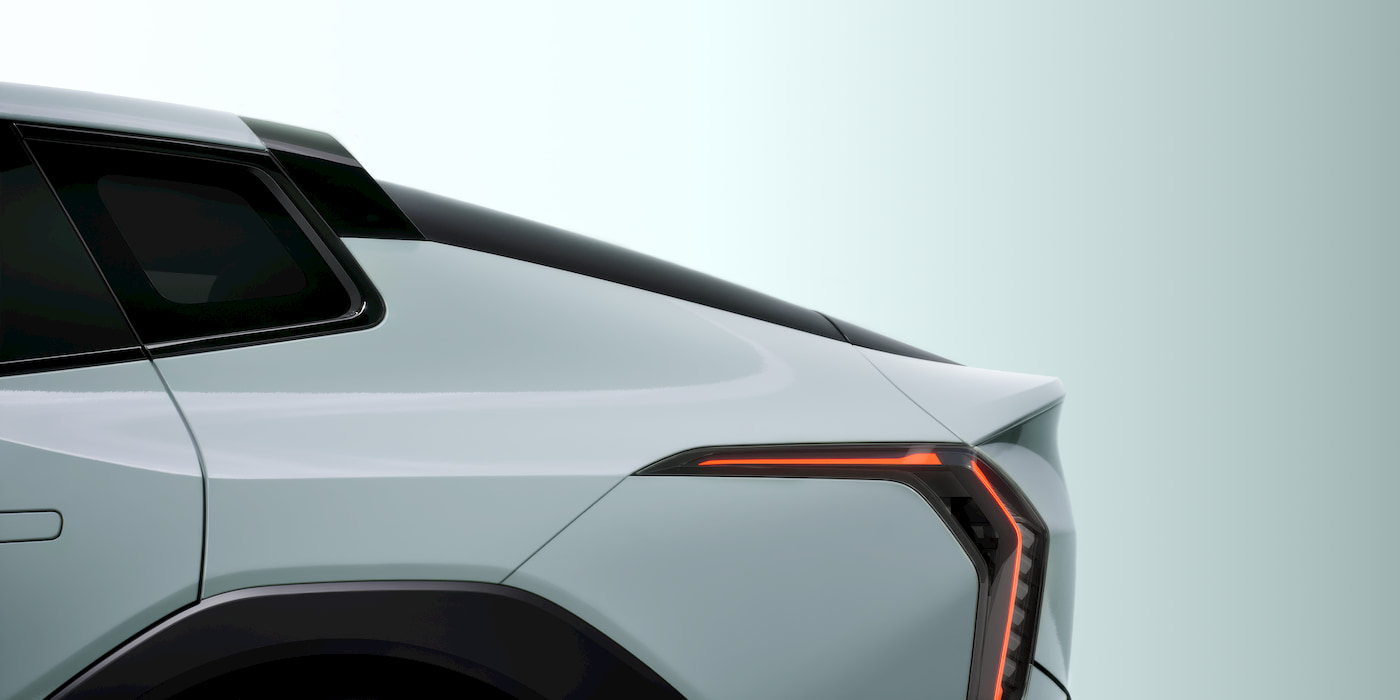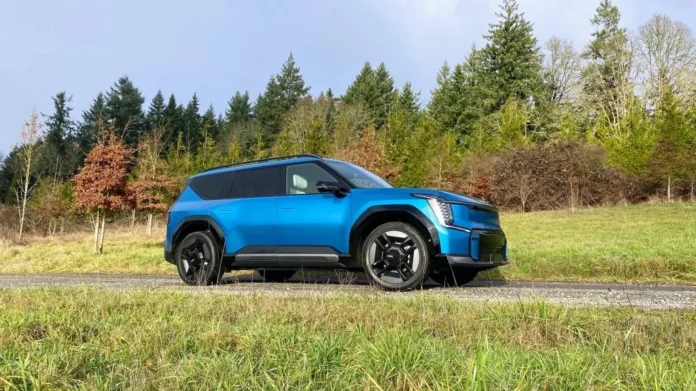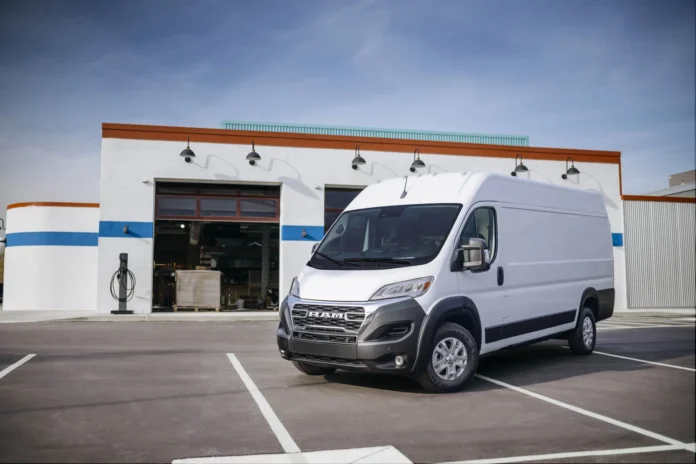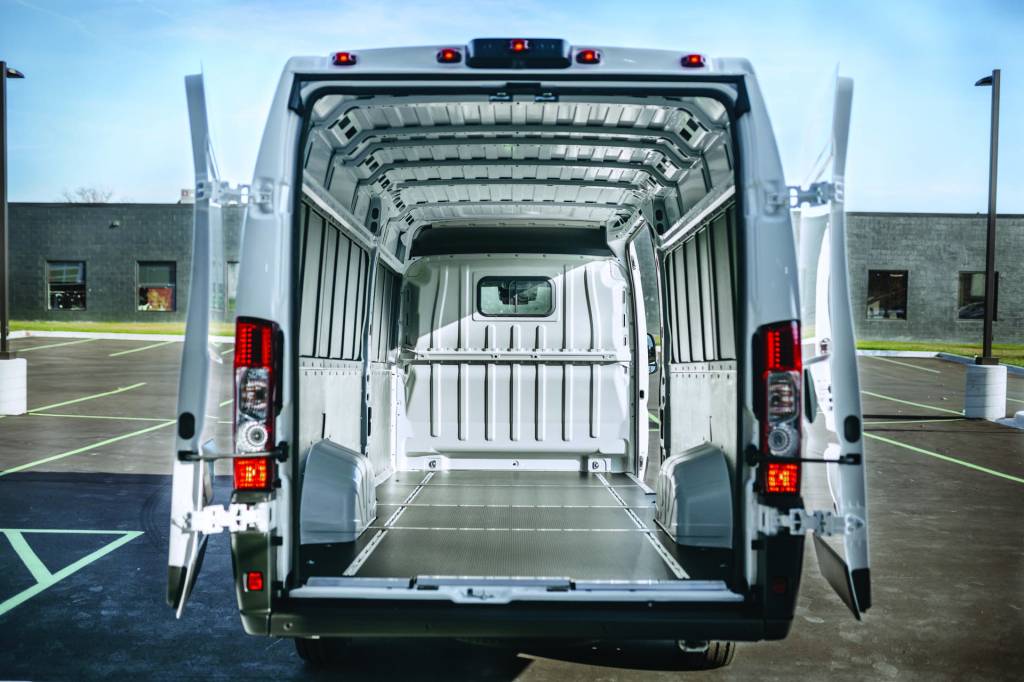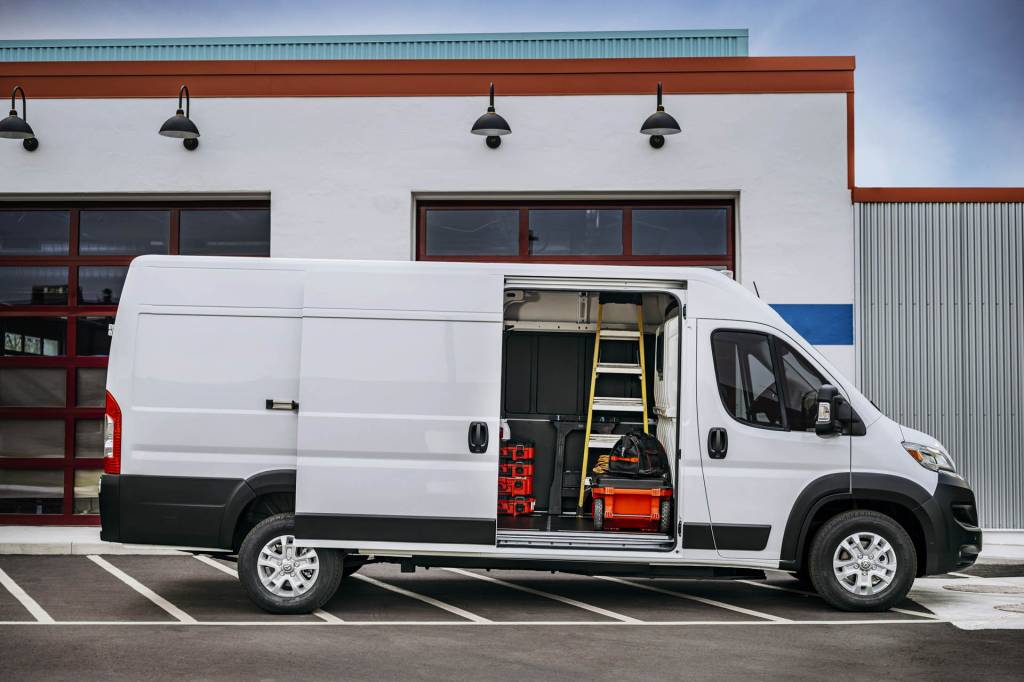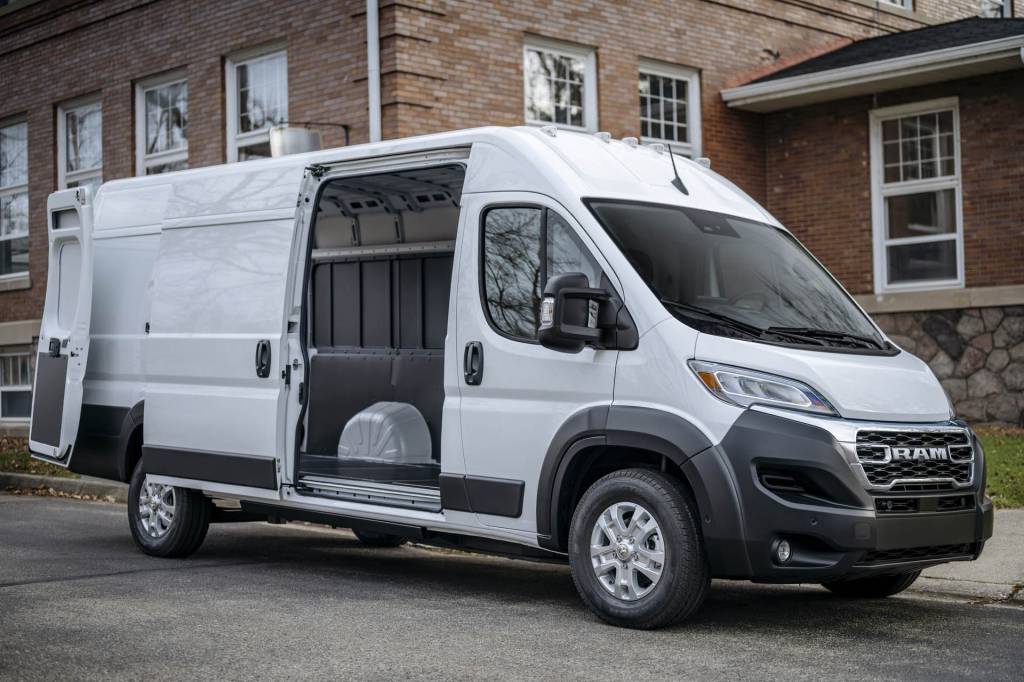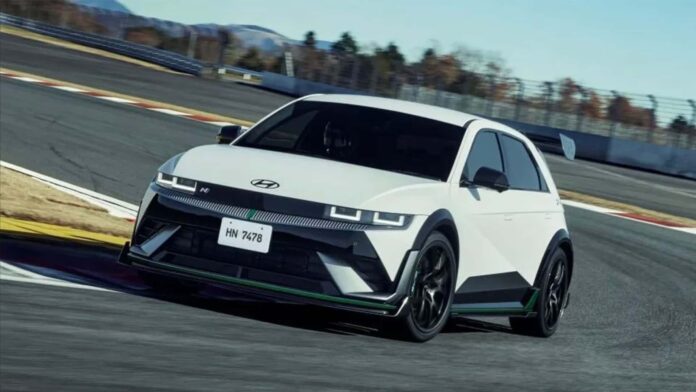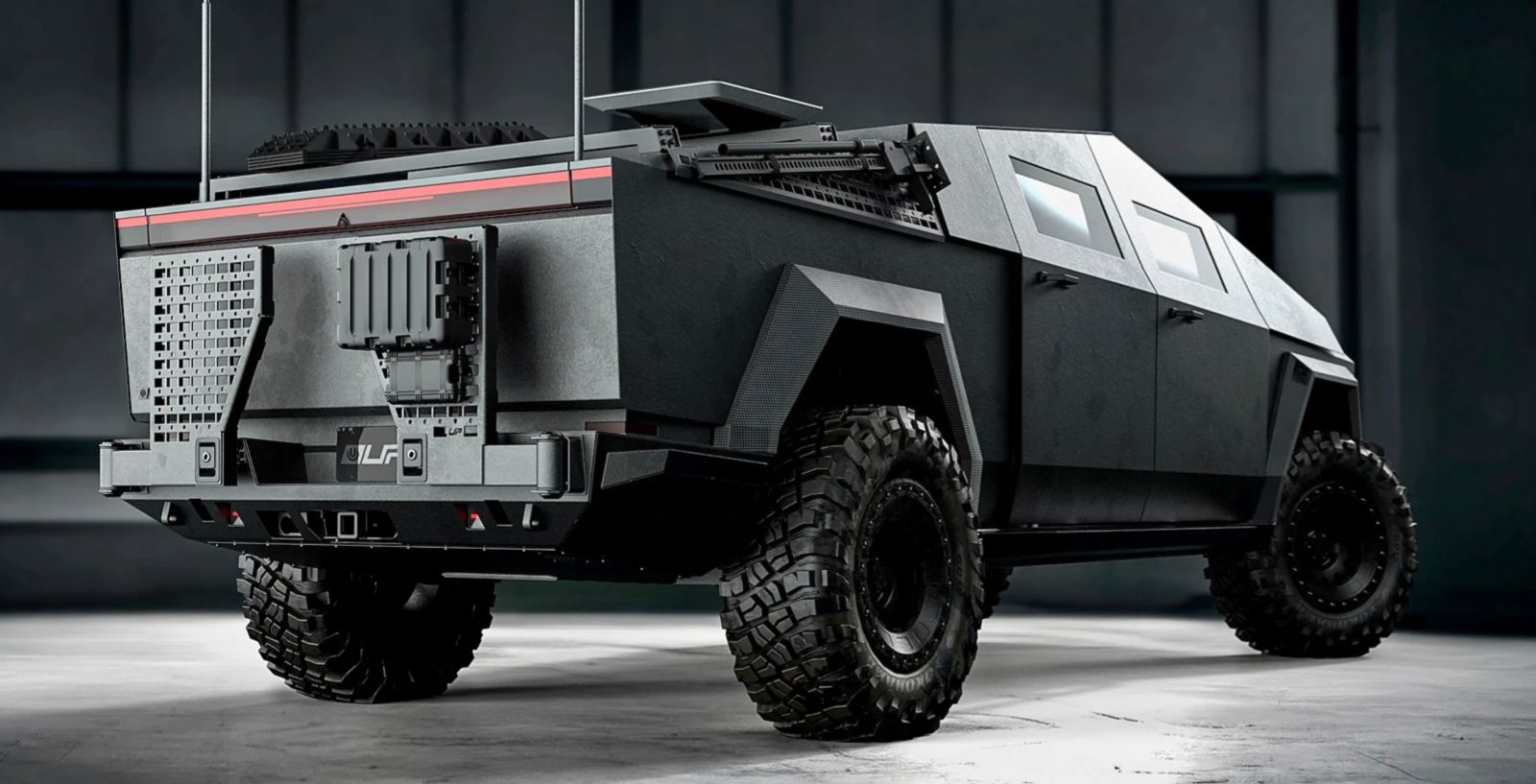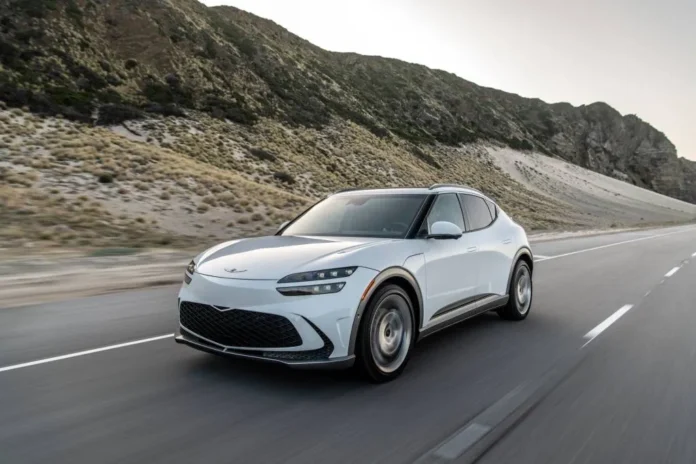
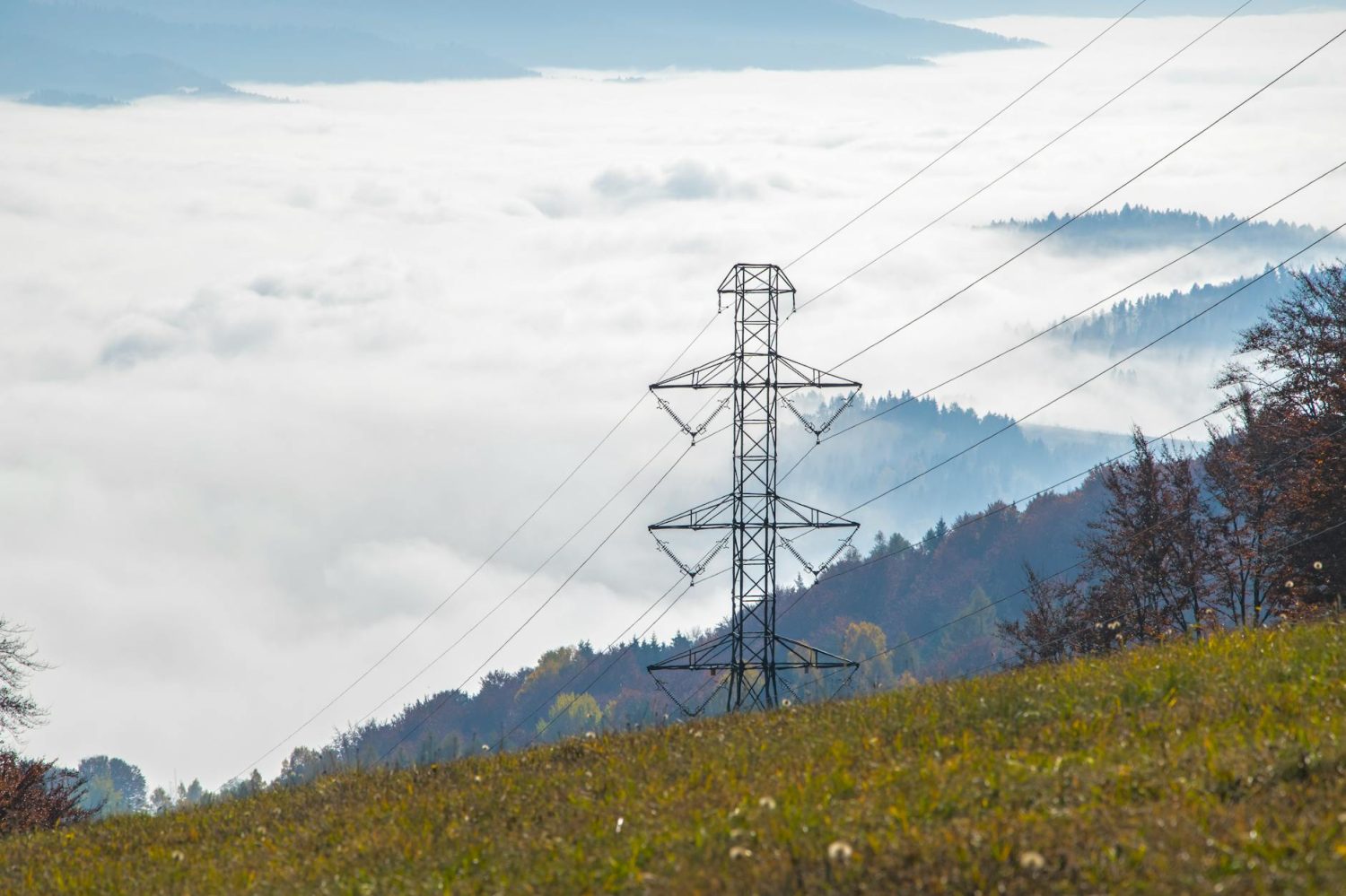
The International Energy Agency’s (IEA) newly released “Electricity 2025” report predicts that global power consumption will jump nearly 4% annually through 2027. That’s like adding an entire Japan’s worth of electricity use every year for the next three years.
The report points to a few key drivers behind this surge: industrial expansion, the rising need for air conditioning, the electrification of transportation, and the explosion of data centers. And most of this growth – about 85% – is coming from emerging and developing economies.
China is leading the charge, with electricity demand outpacing its overall economic growth since 2020. In 2024 alone, China’s electricity consumption shot up by 7%, and it’s expected to keep climbing at an average rate of 6% per year through 2027. The country’s booming industrial sector plays a big role, especially in energy-hungry manufacturing like solar panels, EV batteries, and EVs themselves. The rapid adoption of air conditioning, EVs, data centers, and 5G networks is also pushing demand higher.
“The acceleration of global electricity demand highlights the significant changes taking place in energy systems around the world and the approach of a new Age of Electricity. But it also presents evolving challenges for governments in ensuring secure, affordable, and sustainable electricity supply,” said IEA director of energy markets and security Keisuke Sadamori. “While emerging and developing economies are set to drive the large majority of the growth in global electricity demand in the coming years, consumption is also expected to increase in many advanced economies after a period of relative stagnation. Policymakers need to pay close attention to these shifting dynamics.”
In the US, electricity demand is set to grow so much that it will add the equivalent of California’s total power consumption to the grid over the next three years. Europe, on the other hand, will see more modest growth, with demand only returning to 2021 levels by 2027 after significant drops during the energy crisis in 2022 and 2023.
The good news is that renewables and nuclear power are expected to keep up with this rising demand. According to the report, growth in low-emission energy sources should be enough to cover the global increase in electricity use through 2027. Solar power is expected to do the heavy lifting, meeting roughly half of the world’s additional demand, thanks to continued cost drops and strong policy support. In 2024, solar power generation in the EU surpassed coal for the first time, making up over 10% of the region’s electricity mix. China, the U.S., and India are all expected to hit that same 10% solar share milestone by 2027.
Meanwhile, nuclear energy is making a strong comeback, with its generation expected to hit new highs each year from 2025 onward. Thanks to these trends, carbon emissions from global electricity generation are expected to level off in the coming years after rising about 1% in 2024.
The report also dives into the challenges that electricity grids faced in 2024, from winter storms in the US and hurricanes in the Atlantic to blackouts caused by extreme weather in Brazil and Australia. Droughts in Ecuador, Colombia, and Mexico further strained hydropower generation. These events underscore the need for more resilient power grids.
Weather plays a huge role in electricity supply, and the report highlights rising volatility in wholesale electricity prices in some regions. One growing issue is negative wholesale electricity prices, which occur when supply outstrips demand. While still rare, these incidents signal a need for greater grid flexibility – something policymakers and utilities will need to tackle as electricity demand keeps climbing.
Dave Jones, insights director at global energy think tank Ember, said:
The Age of Electricity has to be the Age of Clean Electricity to realize the cost, security, and climate benefits of electrification. Following the IEA’s increased forecast for demand growth, new clean generation is now set only to meet the rise – not exceed it.
More investment in clean electricity is needed; otherwise, coal and gas generation could be at the same record levels in 2027 as they were in 2024.

Read more: IEA: Countries need to ramp up energy efficiency to hit 2030 target
To limit power outages and make your home more resilient, consider going solar with a battery storage system. In order to find a trusted, reliable solar installer near you that offers competitive pricing, check out EnergySage, a free service that makes it easy for you to go solar. They have hundreds of pre-vetted solar installers competing for your business, ensuring you get high-quality solutions and save 20-30% compared to going it alone. Plus, it’s free to use and you won’t get sales calls until you select an installer and you share your phone number with them.
Your personalized solar quotes are easy to compare online and you’ll get access to unbiased Energy Advisers to help you every step of the way. Get started here. –trusted affiliate link*
FTC: We use income earning auto affiliate links. More.

Source link by Electrek
Author Michelle Lewis
#IEA #power #soar #renewables


